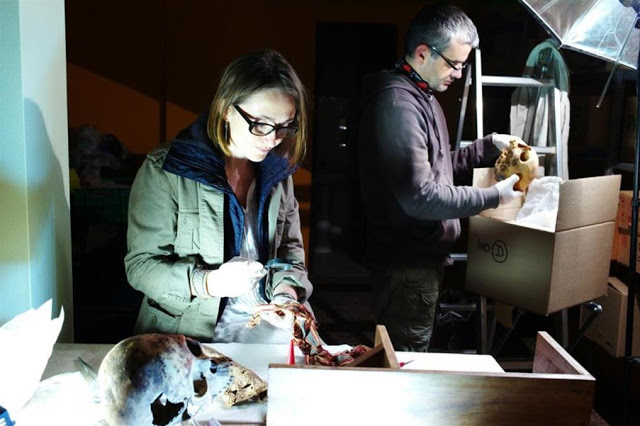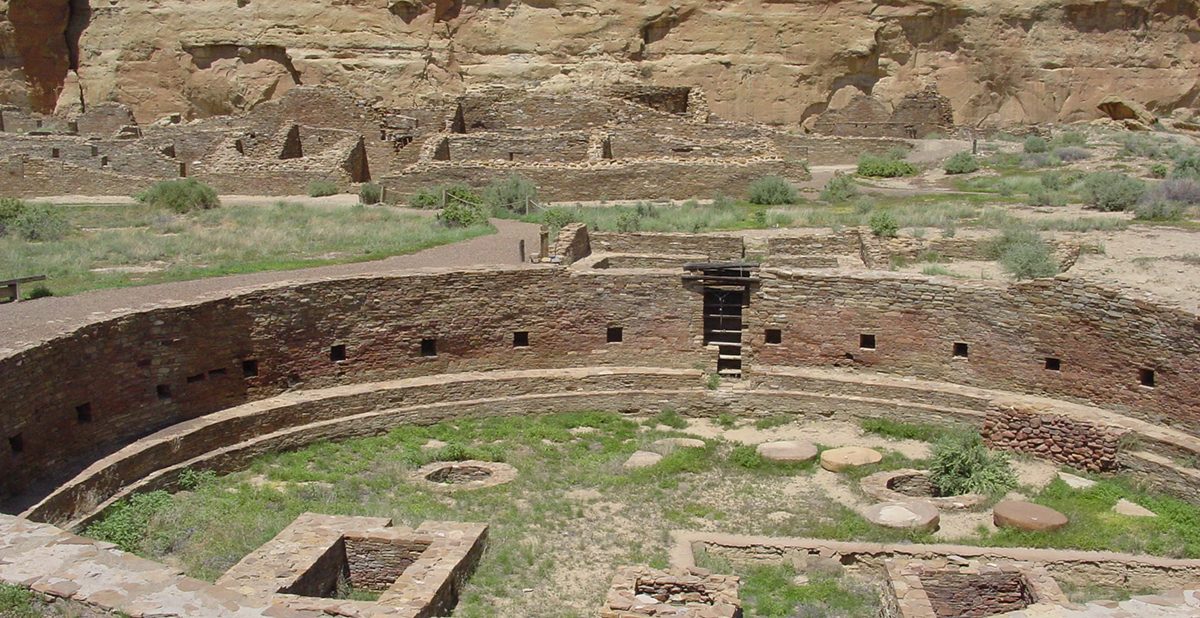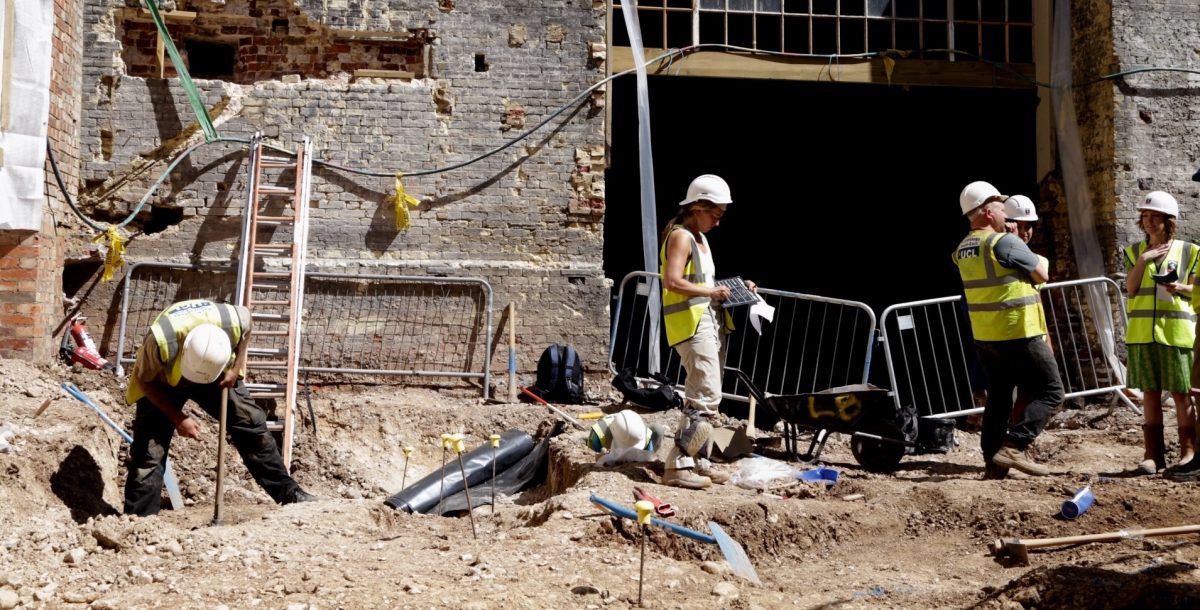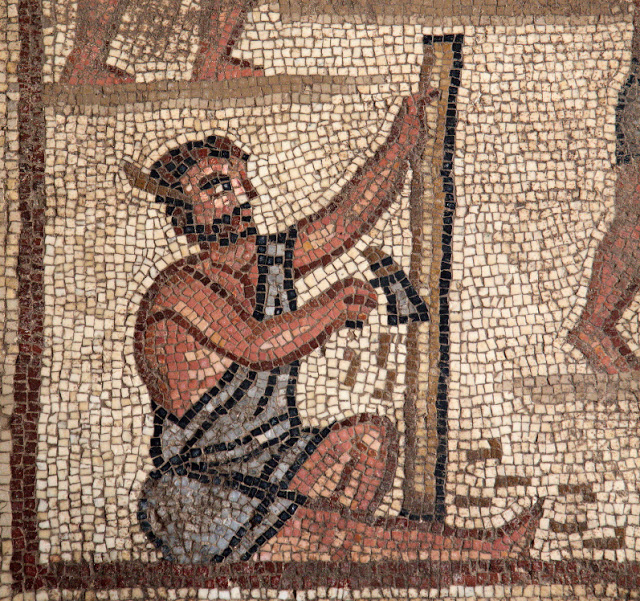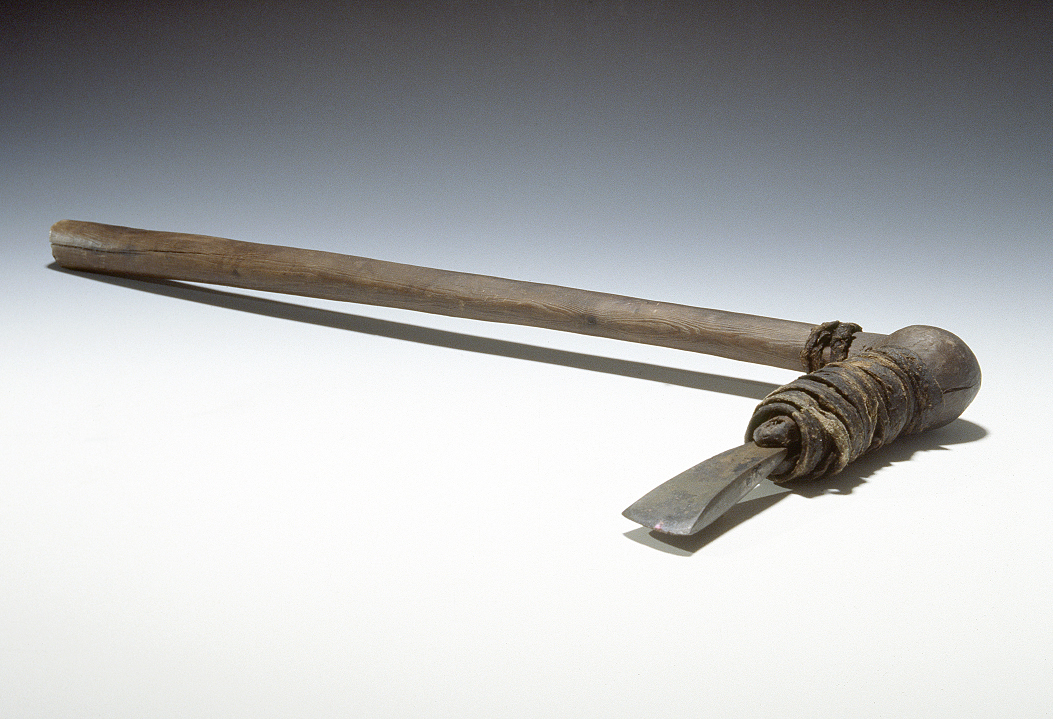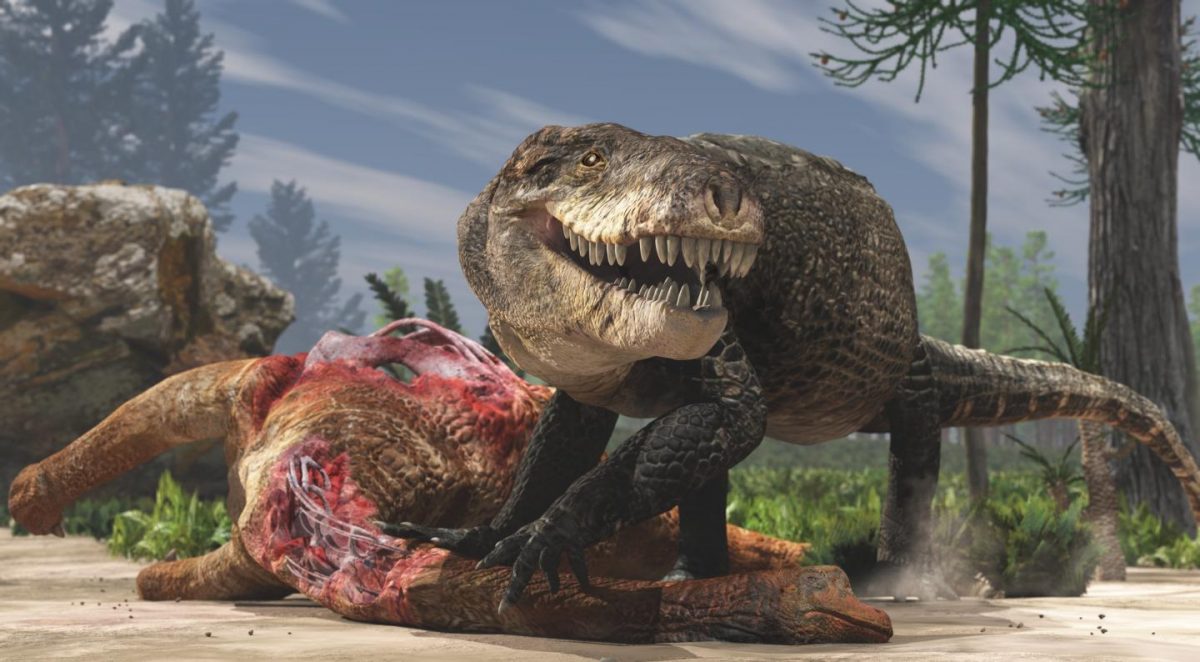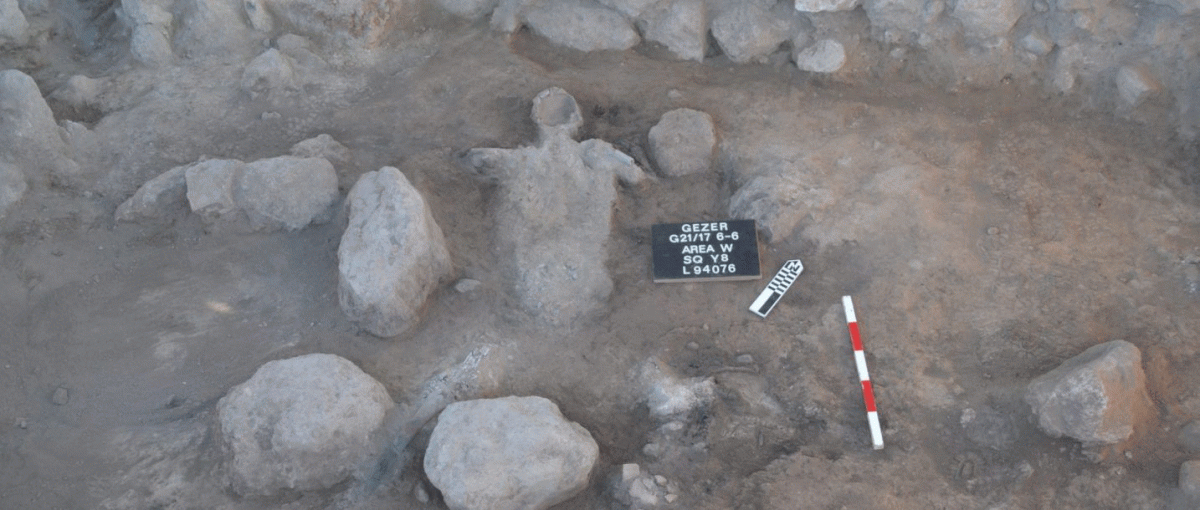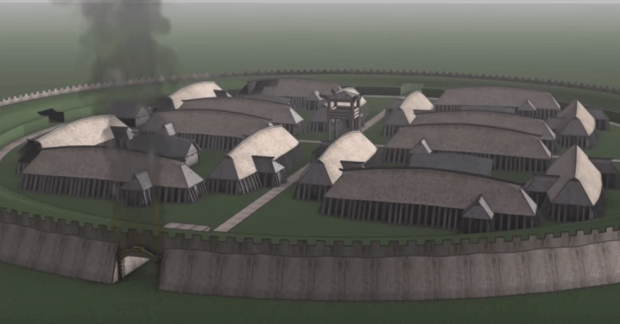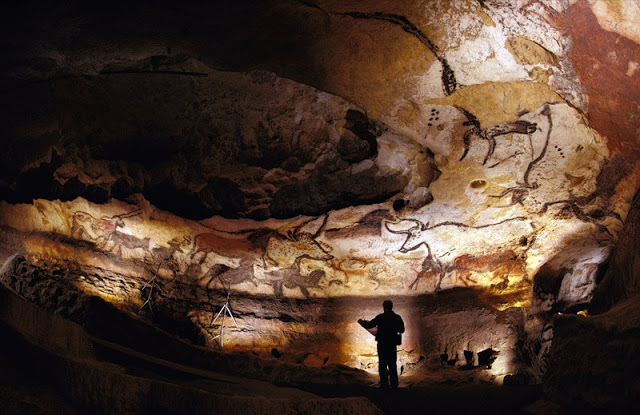Paleontologists solve pterosaur pelvis puzzle
Following a discovery in 2015 in Alberta’s Dinosaur Provincial Park, Greg Funston puzzled for two years over a mysterious bone trying to identify the species of animal — as well as the part of the body — the bone belonged to.
Remains of women from pre-Inca tomb studied
Polish specialists recreated the appearance of the monumental tomb, where several years ago they discovered the collective burial of women.
Roman tablets unearthed at Vindolanda
An exciting new hoard of ancient Roman writing tablets unearthed at Vindolanda.
Easter Island not victim of ‘ecocide’
Researchers analyzed human, faunal and botanical remains from the archaeological sites Anakena and Ahu Tepeu on Rapa Nui, dating from c. 1400 AD to the historic period.
Ancient Greek theaters used moveable stages more than 2,000 years ago
An investigation by an architectural researcher from Kumamoto University, Japan has revealed the high possibility that a wooden stage existed in the theater of the ancient Greek City of Messene during the Greek Classical period (ca. 369 BC).
The Garden sees…
The Garden of the Megaron welcomes an international organization of contemporary art, with installations, sculptures, text-sculptures, video installations and sound works.
Hebron on the World Heritage List
The Unesco World Cultural Heritage Committee described the old town of Hebron on the occupied West Bank as a “protected zone”.
A pilot conservation program in the “Sunken City”
A Greek-Italian team conducted a pilot conservation program at the submerged city in Palaia Epidavros.
Archaeologists put sound back into a previously silent past
Researchers from the University at Albany and the University at Buffalo have developed a tool that puts sound back into the ancient landscape.
United States files civil action to forfeit thousands of ancient Iraqi artifacts imported by Hobby Lobby
Cuneiform tablets were falsely labeled as product “samples” and shipped to Hobby Lobby Stores, Inc., and two corporate affiliates
Quaker burial site discovered on Brighton’s Royal Pavilion Estate
A 200-year-old burial site has been discovered during redevelopment work at Brighton Dome Corn Exchange.
Excavations of Late Roman synagogue at Huqoq continue to yield stunning mosaics
Mosaics were first discovered at the site in 2012, and work has continued each summer since then.
Ötzi and Tuscany
An archaeo-metallurgy research group has analysed the copper blade of the Iceman's axe.
Dromolaxia-Vizakia: A city comes to light
Results of the May-June excavations at Dromolaxia-Vizakia (Hala Sultan Tekke).
Gigantic crocodile with T. rex teeth was a top land predator of the Jurassic
Little is known about the origin and early evolution of the Notosuchia, hitherto unknown in the Jurassic period.
Bournemouth University set for historic Invincible project
Bournemouth University marine archaeologists are set to begin excavating the historic warship Invincible 1744.
Excavations in China yield evidence of unusually tall people
Excavation findings in China yield graves of unusually tall people, along with various artefacts.
Τimeline for new modern human-related dispersal from Africa
New study sheds light on the complicated relationship between Neanderthals and modern humans.
Human remains are discovered in ancient city of Gezer
Archaeologists discover human remains in fiery destruction ruins in Gezer tenth season of excavations.
Through fossil leaves, a step towards Jurassic Park
For the first time, researchers have succeeded in establishing the relationships between 200-million-year-old plants based on chemical fingerprints.
A world of emotions at the Acropolis Museum
Exhibits from the world's greatest museums tell stories of emotions in ancient Greek art through the gaze of the Acropolis Museum.
The Ii Hamina cemetery reveals adaptation to the “Little Ice Age”
The medieval cemetery in Ii Hamina in northern Finland on the Iijoki river was originally discovered by accident. A recent study examined the isotope compositions of the teeth of the dead.
New discovery on use of Viking ring fortresses in Denmark
The discovery of ceramic pottery pieces in the main gates of a Denmark Viking ring fortress indicates the fortresses were used for longer and served more purposes than it was thought until now.
Acoustic scientist sounds off about the location of cave paintings
To date, the exact purpose of Paleolithic cave paintings is unknown. Evidence suggests, however, that these ancient works of art are more than mere decorations.

